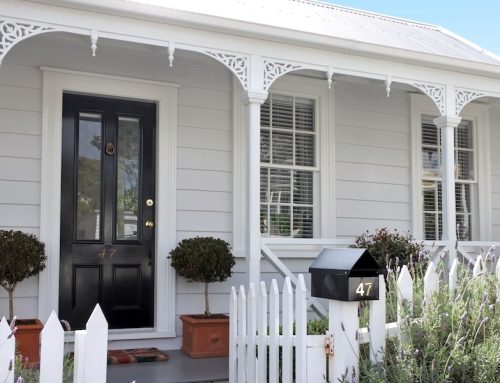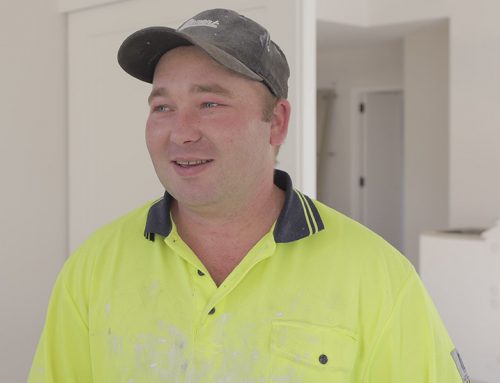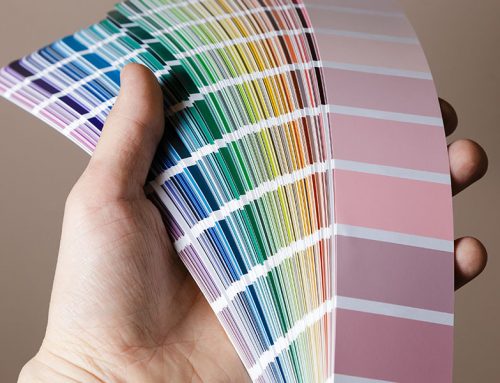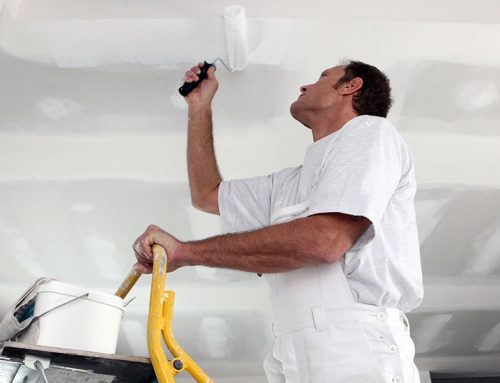P
ainting the interior of your home is a quick-fire way to increase the value of your home, and improve the overall mood and atmosphere.
While it is one of the most affordable, low risk ways of sprucing things up, it can be overwhelming knowing where to start.
Whether you’re doing a full home renovation, repairing damage or freshening up the colour, this Project Advice will help you get the best results for your home.
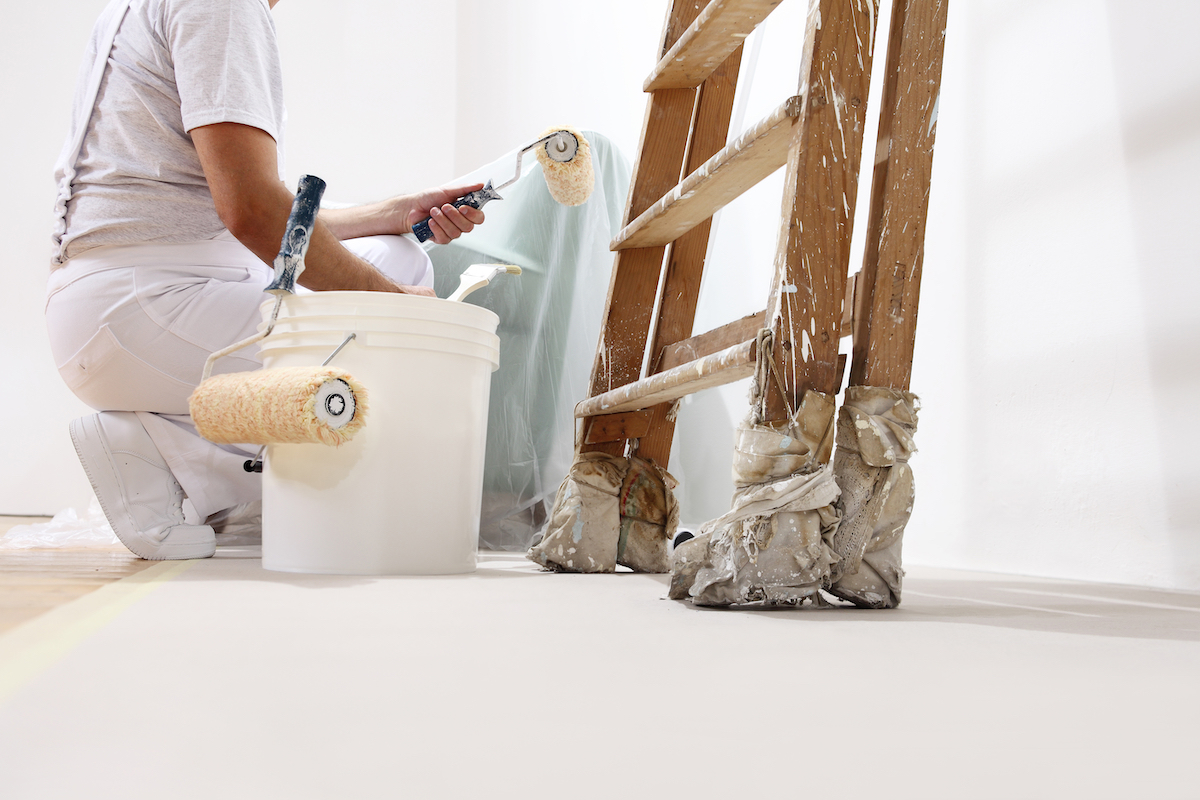
High quality materials are a must when it comes to interior painting
What are the major areas typically painted inside?
- Walls
- Ceilings
- Doors
- Bedrooms
- Living areas
- Kitchens
- Bathrooms
- Architraves
- Laundries
- Skirtings
- Door frames
- And, window frames.
Consistency is a great way to achieve a clean and fresh look throughout your home. So, if you’re thinking about painting the walls, also consider painting the doors and window frames to make the final look all come together.

Classic whites make for a timeless finish – see more in Chapter 12 of Project Home.
What to consider when choosing a paint colour?
We spoke with Resene’s Senior Architectural Representative, Rebecca Long, to get the inside word on paint colours. Rebecca recommends keeping the following three things in mind when choosing a paint colour.

Choose a colour with your personality in mind:
- Think about what colours suit yourself and others sharing the space i.e., your family or housemates.
- Collate images from magazines and online to see what colours inspire you – you’ll automatically gravitate towards certain colours, but you don’t have to know why just yet.
- Don’t be afraid to incorporate a mixture of styles into your colour scheme.
Choose a colour with the space in mind:
- Consider the personality of the space and how you intend to use it.
- Natural lighting plays a very big part in how your colour looks i.e., if you choose white, it can look very different throughout other areas of the house.
- Factor in potential conflicting colours i.e., if you have a lot of greenery outside, your paint may reflect the colour and end up looking green.
- Factor in other elements of your home i.e., light or dark flooring can affect the appearance of your paint.
- Remember that paint colour can influence room size i.e., deeper paint colours can make the room smaller, which can be great for a cosy space like a bedroom.
Choose a colour with your interior decor and styling in mind:
- Cluttering with furniture can take away from the look and feel that you want.
- Decor can influence the personality of the colour on your wall.
- Consider if you’re blocking out light with furniture, as this can impact the appearance of the final colour.
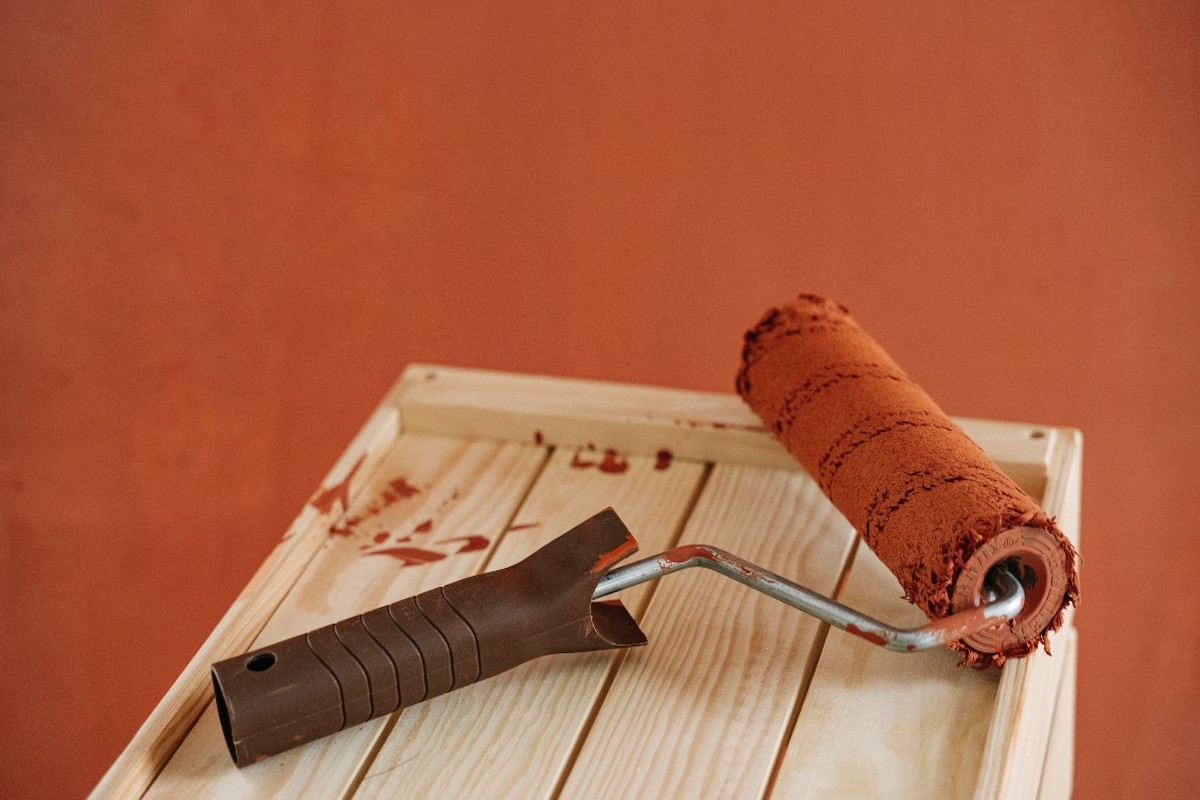
“Character is in! This year we’re seeing more colours including sunset oranges, peaches and greens” – Rebecca Long from Resene
Can you experiment with paint colours?
Rebecca recommends sampling your paint colours in a large area (at least a sqm), to ensure you’re seeing the colours’ full potential.
“When trialling a colour against your original paint, keep in mind that colours can bounce off or influence each other,” Rebecca says.
“Remember that you can always change a colour, so don’t be afraid to experiment a little if your budget allows it.
“It’s amazing what you can achieve with a litre of paint. You can easily cover 6sqm with two coats of your desired colour and completely transform the likes of a feature wall, set of doors or a study nook.
“This is a cost effective way to explore a variety of colours in your home as trends and our opinions of colours change”.
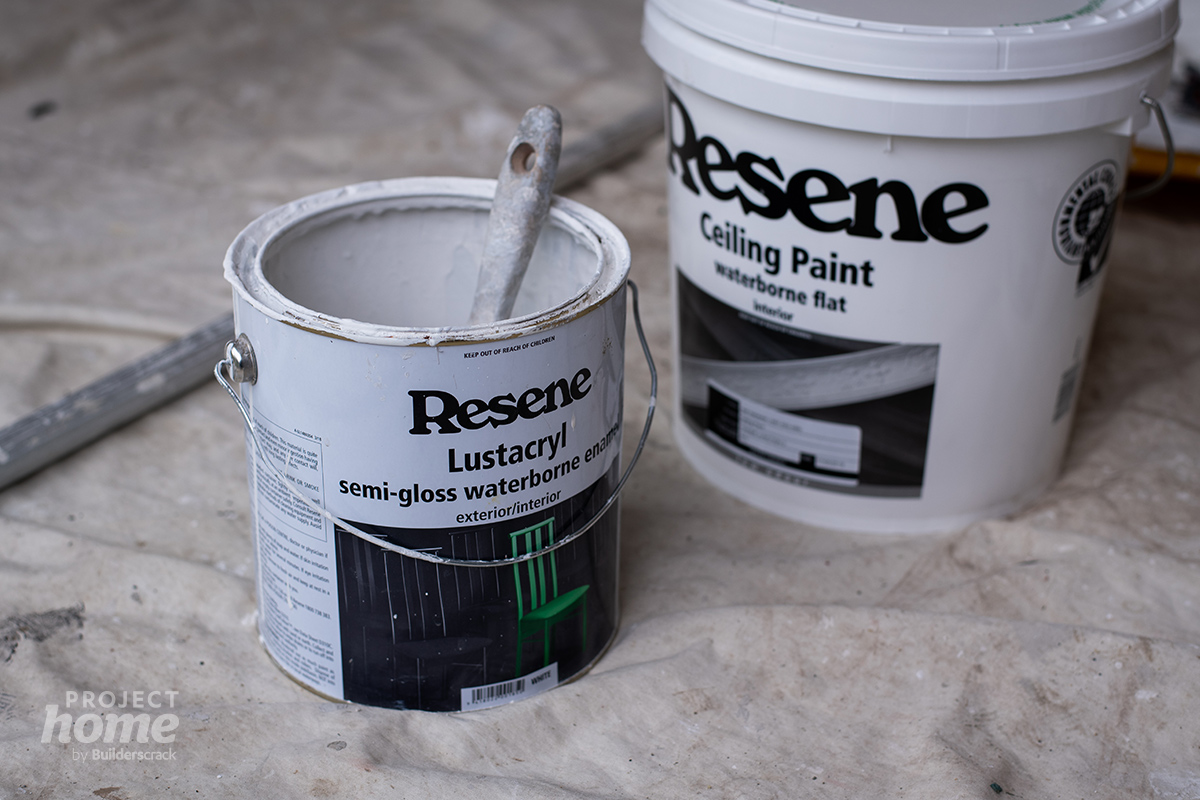
Resene Lustacryl semi-gloss provides a durable finish, perfect for living areas & hallways
What to consider when choosing a paint type and finish?
Different areas of the home will call for particular paint types and finishes, so it’s important to consider this when choosing a product.
Rebecca shares her insight on some of the different products they use at Resene.
| The space | Considerations |
|---|---|
| Kitchen & bathrooms | Durability for high use areas, and, antibacterial for damp mould prone areas |
| Hallways & living areas | Durability for high use areas, and, low sheen finishes for minimising the appearance of imperfections |
| Ceilings | Less durability required, and, reduction of light reflection |
| Wallpaper or problem areas | Walls recently stripped of wallpaper, plasterboard in wet areas areas, surface conditioner that also reduces bleeding of water stains |

Resene Broadwall Wallboard Sealer to prep this home for painting
How to prepare your home for interior painting?
When thinking about preparing your home for painting, it’s easy to assume this is only necessary for the area that will be painted. However, in reality, there’s a lot more involved in the preparation, like:
- Preparing your household for when the area is being painted
- Planning your renovation and timeframes
- Liaising with painter/decorators and other tradespeople
- Preparing your budget and purchasing materials
- Preparing the area that is being painted.
| 10 simple steps for interior paint prep |
|---|
| 1. Furniture/decor removal |
| 2. Priming |
| 3. Cleaning surfaces from dust and old wallpaper/paint |
| 4. Plastering – smooth and even up surfaces |
| 5. Fixing and repairing damage – cracks, holes and leaks |
| 6. Smoothing out joins |
| 7. Sanding the surface |
| 8. Taping up/masking |
| 9. Laying drop cloths and protective coverings. |
| 10. Primer application |
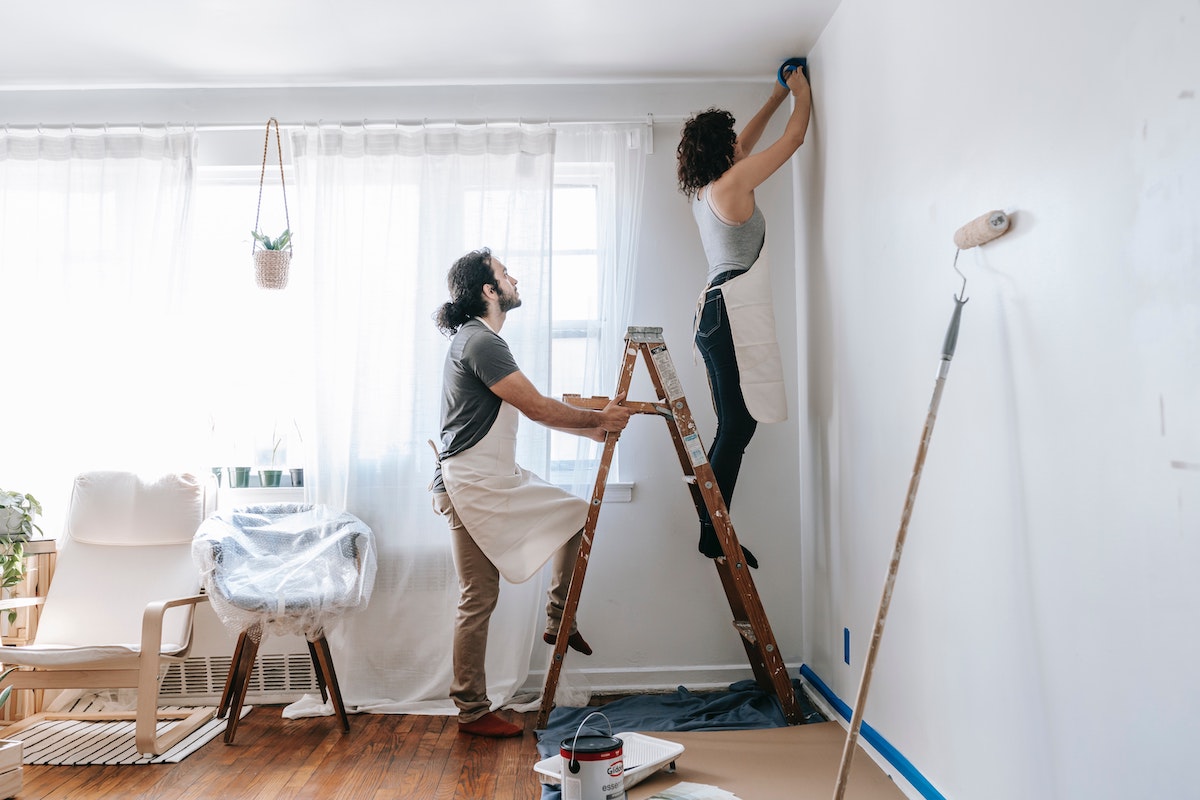
From preparation to finish, interior painting is all about getting your hands dirty
Preparing new or existing surfaces for painting
The preparation process looks a little different for new versus established homes.
Brand new walls:
-
Need to be cleaned thoroughly
- May show imperfections more easily, especially with dark and light colour
- Generally require particular materials i.e., Resene Broadwall Wallboard Sealer
Existing surfaces:
- Can be brought up to scratch with Resene Broadwall Prep and Seal
- Need to be sanded, masked and cleaned before the finishing coat
- Requires longer preparation and a top coat for a great result
- With wear and tear will need to be filled and tidied i.e., by applying builders fill to holes and using finishing compound to fix minor scratches before sanding and painting.

Freshly painted walls give this home a crisp new look
DIY or hire a professional painter?
Let us take you through some of the pros and cons of DIY vs. hiring a professional painter for your interior paint job.
| DIY |
|---|
| Professional Painter |
|---|
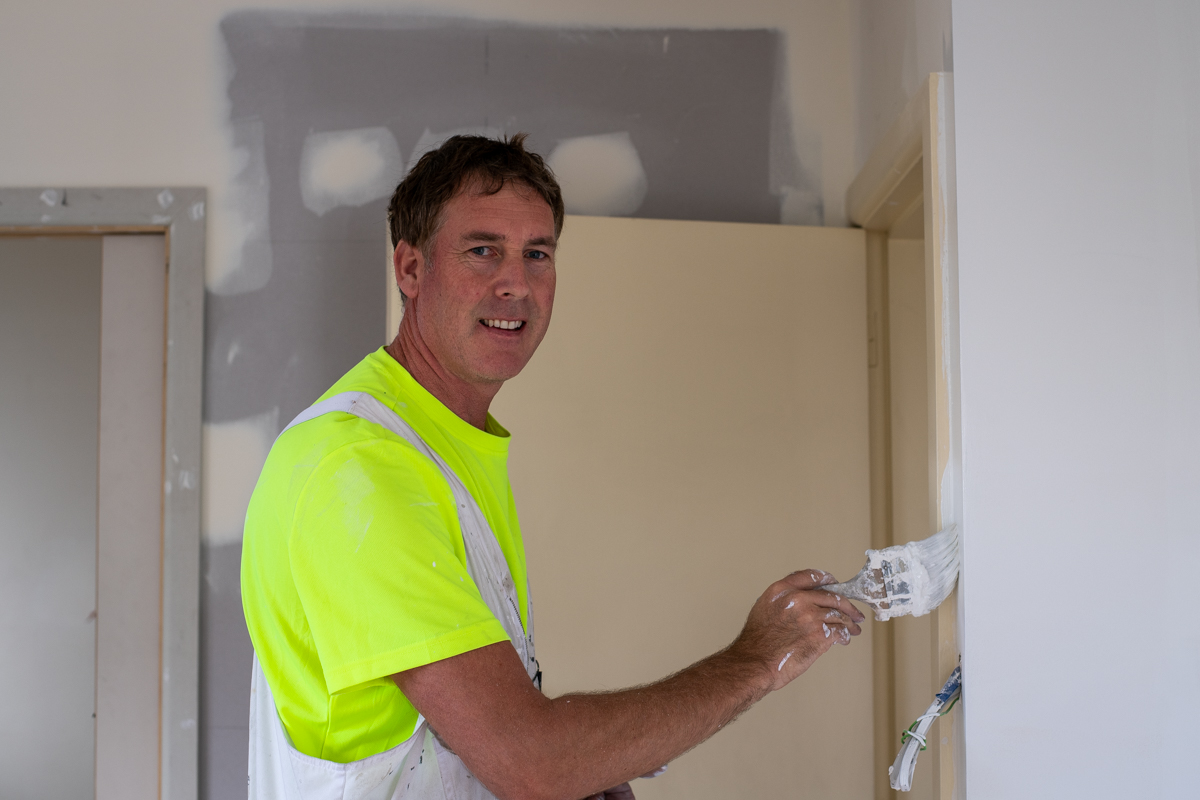
Expert in the field, Jason Ward, says that a freshly painted interior can positively impact your mood
Top 5 challenges of interior painting (from a professional painter)
Jason from Jason Ward Painter & Decorator shares the most common challenges you might face when getting your interior painted.
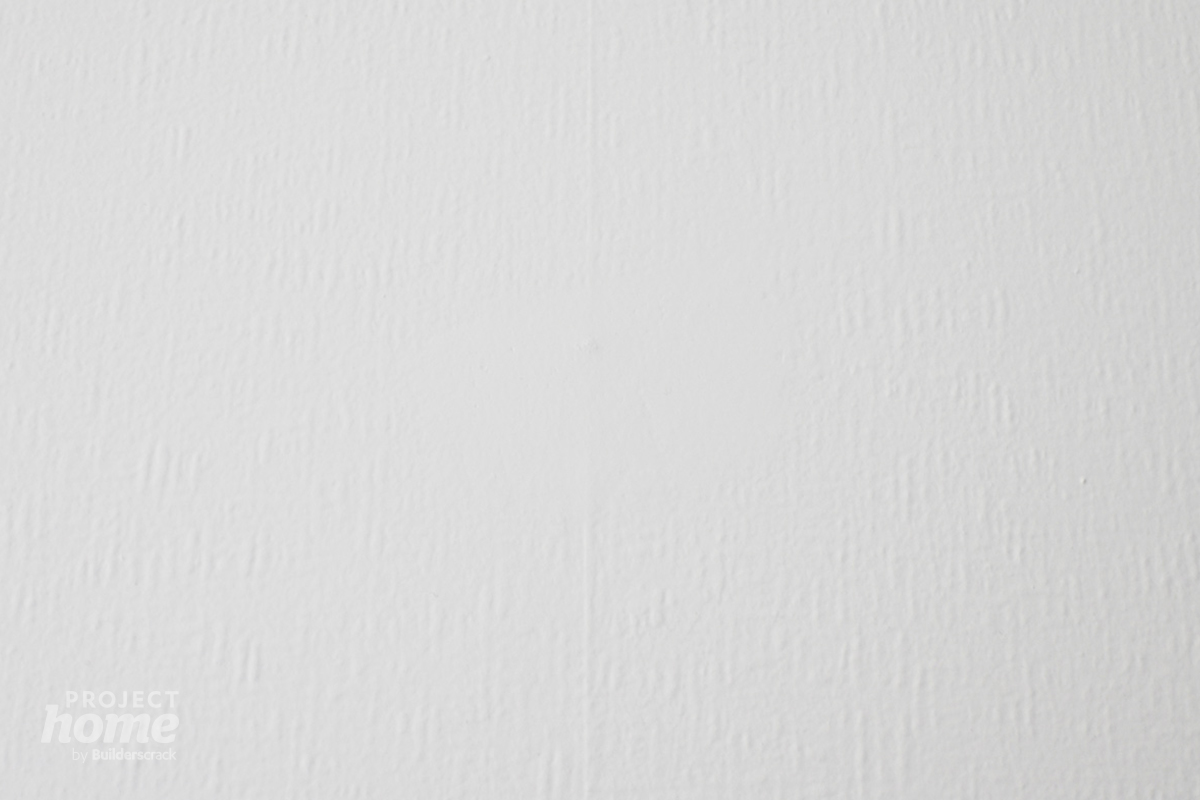
Jason opted to paint over this wallpaper in Project Home.
Painting over wallpaper (advice from a professional)
We all know that painting over wallpaper saves time and energy, but is it worth it, and at what cost? Professional painter, Jason Ward, answers the big question: to paint, or not to paint, over wallpaper?
Painting over wallpaper:
- If the wallpaper is in good condition you can paint over it.
- If the joins are showing, give them special attention – you can easily save money by sanding them and plastering over them.
Removing wallpaper:
- Is a relatively big job and can be expensive.
- Generally involves removal, plastering and painting.
- The top layer should be dry stripped, the second layer wet down, then let it sit for 10 minutes and pull off. Jason recommends using a garden sprayer with hot water or product to avoid damaging the gib (rather than using a steam stripper).
- Jason mentions that if the wall feels slimy or dirty it will need to be washed before sanding.
- In most cases, the walls will need to be sanded down, ideally followed by a coat of pigmented sealer before plastering.

You wouldn’t believe it, but there’s wallpaper under there.
Top 10 takeaways for interior painting
As the saying goes, it’s amazing what a fresh coat of paint can do for your home, and how it can positively impact your quality of life. So, don’t be afraid to try things out, get stuck in there and lean on a professional to get the most out of your interior painting renovation.
A big thank you to our professionals, Rebecca Long from Resene, and Jason Ward from Jason Ward Painter & Decorator.

